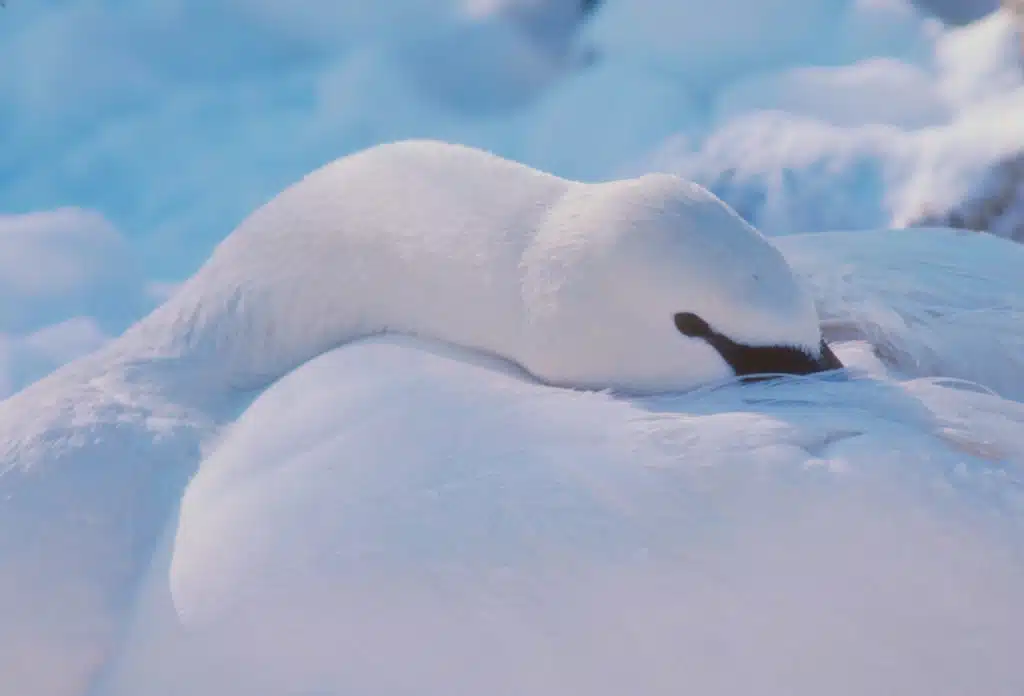A new geological study in the Antarctic has shown that the coldest continent split in two about 30 million years ago, and solved a long-standing mystery among geoscientists.
Geoscientists try to understand the evolution of the land masses which form countries and continents in today’s world, by reconstructing the movements of tectonic plates.
Dr Dietmar Müller, of the School of Geosciences at the University of Sydney, has written of the ground-breaking discovery in an article in Nature magazine published on March 9 this year.
“We always had a lot of trouble carrying out these reconstructions because there were misfits we couldn’t explain, particularly between the north and south islands of New Zealand,” he said.
“We now understand New Zealand! The North Island is part of the Australian plate and the South Island is part of the Pacific plate and there’s been some 1000 km of horizontal motion between them, but not much convergence, as implied in previous models.
Crucial to the discovery were marine geophysical data which involved mapping the magnetic field and imaging the topography and rocks below the sea floor. Samples were taken from remote parts of the southern ocean north of the Ross Sea/Antarctica.
“One of the most exciting things we found was something like a small ocean basin north of the Ross Sea. It is about 200 km wide and was formed when east and west Antarctica moved apart from each other between 43 and 26 million years ago,” Dr Muller said.
During this time, molten rock spewed out of a huge fracture, or rift, cooling and then solidifying to form new ocean floor.”
“Being on the cruise and making these discoveries made me feel a bit like the early explorers discovering new lands. This area was one of the last frontiers, and has never been surveyed systematically before,” he said.
The new plate tectonic model will also help scientists to better understand the uplift history of the Transantarctic Mountains, which line the ancient boundary between East and West Antarctica.





 Fresh Science is on hold for 2022. We will be back in 2023.
Fresh Science is on hold for 2022. We will be back in 2023.